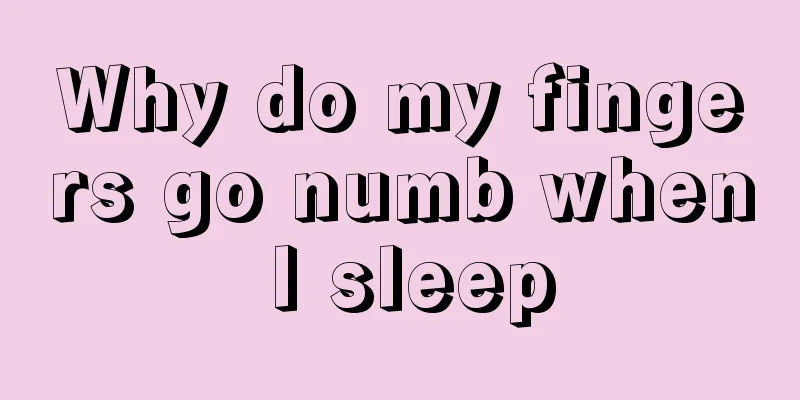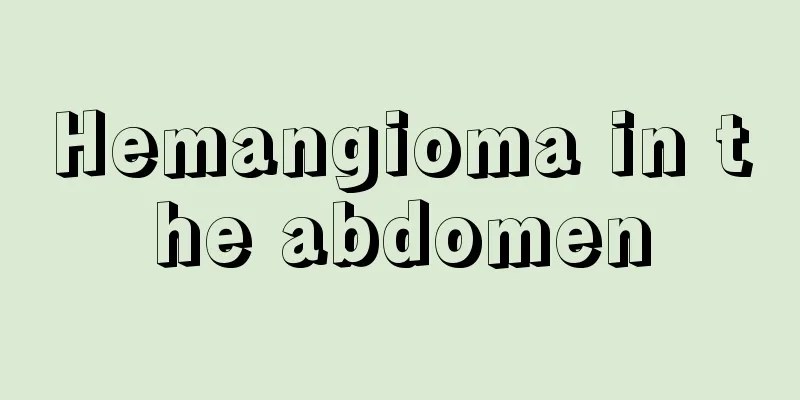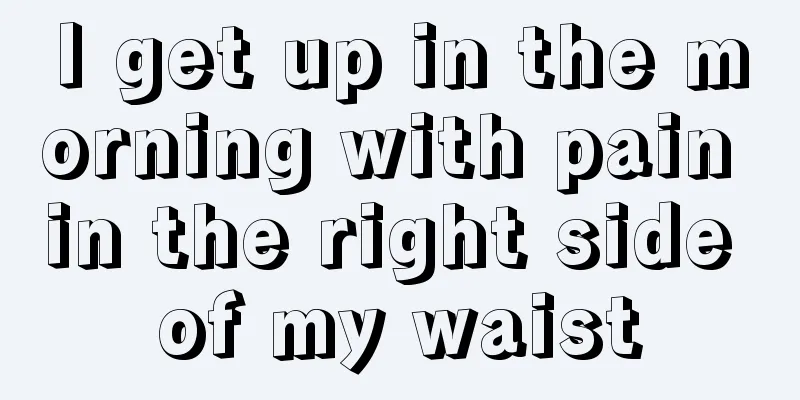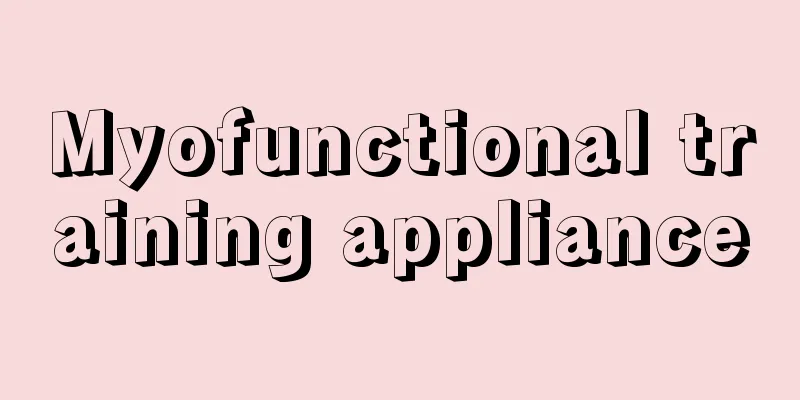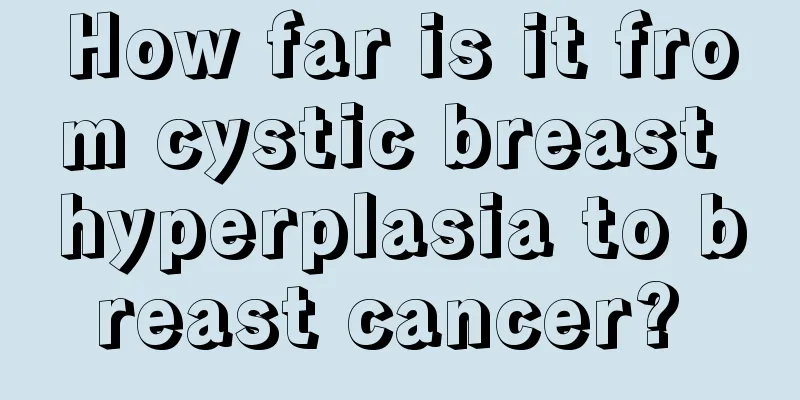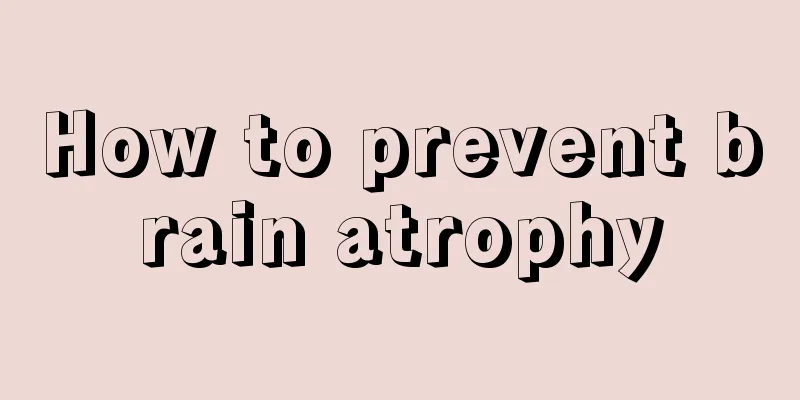The foot-taiyang bladder meridian and the foot-shaoyin kidney meridian intersect
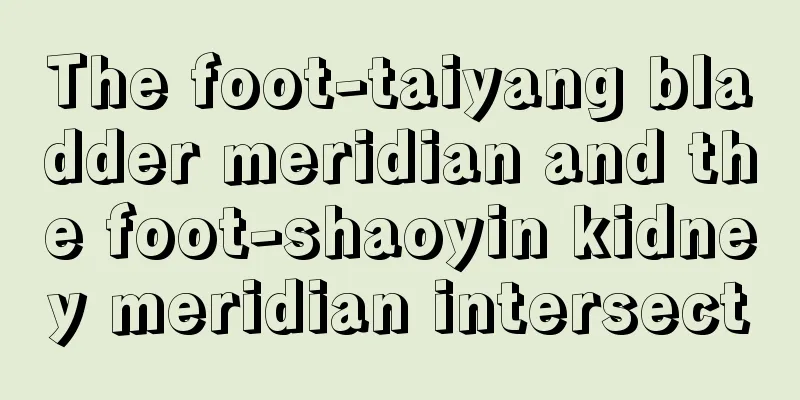
|
Now we all advocate using the most health-preserving methods to treat various diseases. This can effectively avoid the harm of drugs to the body and effectively ensure the body's recovery. We should pay special attention to the health of our urinary system. We can effectively help relieve physical diseases by massaging the corresponding acupoints through foot massage. Among the twelve meridians, the Bladder Meridian of Foot-Taiyang and the Kidney Meridian of Foot-Shaoyin intersect at the end of the foot. The Foot-Taiyang Bladder Meridian is one of the twelve meridians in the human body. Abbreviated as bladder meridian. The meridian starts from the inner canthus of the eye (Jingming point), goes up to the forehead, and intersects on the top of the head (Baihui point). This meridian branch emerges from the top of the head to the upper corner of the ear. The straight channel runs from the top of the head to the occipital bone, enters the cranial cavity, connects with the brain, and then goes down to the neck (Tianzhu point), where it intersects at the Dazhui point, then divides into left and right sides along the inner side of the shoulder blade and both sides of the spine (one inch and five fen), reaches the waist (Shenshu point), enters the muscles on both sides of the spine, goes deep into the body cavity, connects with the kidneys, and belongs to the bladder. A branch of this meridian branches out from the waist, descends along both sides of the spine, passes through the buttocks, and descends from the outer edge of the back of the thigh to the popliteal fossa (Weizhong point). The other branch runs from the nape of the neck, passes through the inner side of the scapula, and goes down from the Fufen point on the spine (3 inches) to the hip joint, passes through the posterior side of the thigh to the popliteal fossa to meet the previous branch, then goes down through the gastrocnemius muscle, exits behind the lateral malleolus, along the lateral edge of the dorsum of the foot to the lateral end of the little toe (Zhiyin point), and connects with the foot Shaoyin kidney meridian. Acupuncture points The acupoints of this meridian are: Jingming, Zanzhu, Meichong, Quchai, Wuchu, Chengguang, Tongtian, Luoque, Yuzhen, Tianzhu, Dazhui, Fengmen, Feishu, Jueyinshu, Xinshu, Dushu, Diaphragmshu, Livershu, Gallbladdershu, Spleenshu, Stomachshu, Sanjiaoshu, Shenshu, Qihaishu, Large Intestineshu, Guanyuanshu, Small Intestineshu, Bladder Shu, Zhonglu Shu, Baihuan Shu, Shangliao, Ciliao, Zhongliao, Xialiao, Huiyang, Chengfu, Yinmen, Fuxi, Weiyang, Weizhong, Fufen, Pohu, Gaohuang Shu, Shentang, Xuxi, Geguan, Hunmen, Yanggang, Yishe, Weicang, Huangmen, Zhishi, Baohuang There are 67 acupoints in total, including 134 acupoints on the left and right sides, including Zhibian, Heyang, Chengjin, Chengshan, Feiyang, Fuyang, Kunlun, Pushen, Shenmai, Jinmen, Jinggu, Shugu, Zutonggu and Zhiyin. There are 67 acupoints in this meridian, 49 of which are distributed on the head, face, neck, back, waist and back, and 18 are distributed on the midline of the back of the lower limbs and the outer side of the foot. The first point is Jingming and the last point is Zhiyin. The acupoints of this meridian can treat diseases of the urinary and reproductive system, mental and nervous system, respiratory system, circulatory system, digestive system, as well as diseases of the parts along which this meridian passes. For example: epilepsy, headache, eye disease, nasal disease, enuresis, difficulty urinating and pain in the back of the lower limbs. Trunk and branches The Foot-Taiyang Bladder Meridian starts from the inner corner of the eye (Jingming), goes up the forehead (Zanzhu, Meichong, Qucha; meets Shenting, Toulinqi), and intersects at the top of the head (Wuchu, Chengguang, Tongtian; meets Baihui). Its branches: branch out from the top of the head to the upper corner of the ear (Huiqubin, Shuaigu, Fubai, Touqiaoyin and Wangu). Its straight main trunk: enters from the top of the head and connects with the brain (Luoque, Yuzhen; Huinaohu, Fengfu), comes out from the neck (Tianzhu) and separates to go downward: one branch goes along the inner side of the scapula, along the spine (Huidazhui, Taodao; through Dazhui, Fengmen, Feishu, Jueyinshu, Xinshu, Dushu, Diaphragmshu), reaches the middle of the waist (Livershu, Gallbladdershu, Spleenshu, Stomachshu, Sanjiaoshu, Shenshu), enters the muscles along the spine, connects with the kidney, and belongs to the bladder (Qihaishu, Dachangshu, Guanyuanshu, Xiaochangshu, Bladdershu, Zhonglushu, Baihuanshu). One branch separates from the waist, runs along the spine, passes through the arm (Shangliao, Ciliao, Zhongliao, Xialiao, Huiyang, Chengfu), and enters the fossa (Yinmen, Weizhong). Another branch on the back: It descends from the inner side of the scapula, through the scapula (Fufen, Pohu, Gaohuangyu, Shentang, Xuxi, Geguan, Hunmen, Yanggang, Yishe, Weicang, Liangmen, Zhishi, Baohuang, Zhibian), passes through the hip joint (Huihuantiao point), descends along the outer and posterior side of the thigh (Fuxi, Weiyang), and meets in the fossa (Weizhong) - from here it goes down through the gastrocnemius (Heyang, Chengjin, Chengshan), out the back of the external ankle (Feiyang, Fuyang, Kunlun), along the tuberosity of the fifth metatarsal (Pushen, Shenmai, Jinmen, Jinggu), to the outer side of the little toe (Shugu, Zutonggu, Zhiyin), and connects to the foot Shaoyin Kidney Meridian. There are 67 acupoints on one side of this meridian (a total of 134 acupoints on the left and right sides), of which 49 are distributed on both sides of the Du meridian in the head, face, neck, back and waist, and the remaining 18 are distributed on the midline on the back of the lower limbs and the outer side of the foot. The first point is Jingming and the last point is Zhiyin. It is mainly used to treat diseases of the urinary and reproductive systems, nervous and mental aspects, respiratory system, circulatory system, digestive system and febrile diseases, as well as diseases of the parts through which this meridian passes. The Foot Shaoyin Kidney Meridian is one of the twelve meridians in the human body. Abbreviated as kidney meridian. It starts from the bottom of the little toe, runs obliquely along the center of the foot (Yongquan point), exits from under the tuberosity of the navicular bone, along the posterior edge of the medial malleolus, branches out into the heel, goes up along the inner posterior edge of the calf, to the inner side of the popliteal fossa, enters the spine at the inner posterior edge of the upper thigh (Changqiang point), passes through the spine, belongs to the kidney, and connects with the bladder. This meridian runs straight through the abdominal cavity, ascending from the kidneys, passing through the liver and diaphragm, entering the lungs, along the throat, to the sides of the tongue root. A branch of this meridian branches out from the lung, connects with the heart, flows into the chest, and connects with the Hand Jueyin Pericardium Meridian (see figure). The acupoints of this meridian are: Yongquan, Ran Gu, Taixi, Dazhong, Shuiquan, Zhaohai, Fuliu, Jiaoxin, Zhubin, Yingu, Henggu, Dahe, Qixue, Siman, Zhongzhu, Langyu, Shangqu, Shiguan, Yindu, Tonggu, Youmen, Bulang, Shenfeng, Lingxu, Shenzang, Yuzhong and Yufu, a total of 27 points, 54 points on the left and right sides. 1. Meridian course: It starts from the bottom of the little toe, runs obliquely to the center of the foot (Yongquan), comes out from under the tuberosity of the navicular bone, along the back of the medial malleolus, enters the heel, then goes up to the inner side of the calf, comes out between the semitendinosus tendon and the semimembranosus on the inner side of the popliteal fossa, goes up through the inner posterior edge of the thigh, leads to the spine, belongs to the kidney, connects to the bladder, and comes out from the front (Zhongji, belongs to the Ren meridian), Along the midline of the abdomen, 0.5 inches away from the midline of the chest, 2 inches away from the lower edge of the clavicle (Yu Fu). The straight meridian of the kidney: It goes up through the liver and diaphragm, enters the lungs, goes along the throat, and is sandwiched between the sides of the tongue root. Pulmonary branch: It comes out from the lung, connects with the heart, flows into the chest, and connects with the hand Jueyin pericardium meridian. 2. Summary of main indications: This book mainly treats gynecological, anterior vagina, kidney, lung, and throat diseases. Such as irregular menstruation, prolapse of the uterus, spermatorrhea, difficulty urinating, edema, constipation, diarrhea, and lesions along the meridians. There are 27 acupoints on one side of this meridian (54 acupoints in total on the left and right sides), 10 of which are distributed on the posterior edge of the inner side of the lower limb, and the remaining 17 acupoints are located on both sides of the Ren meridian in the chest and abdomen. The first point is Yongquan and the last point is Yufu. They are mainly used to treat diseases of the urinary and reproductive systems, neurological and mental diseases, respiratory system, digestive system and certain circulatory systems, as well as diseases of the parts through which this meridian passes. Acupuncture points of this meridian: Yongquan and Rangu Taixi, Dazhong, Shuiquan, Zhaohai, Fuliu, Jiaoxin, Zhubin, Yingu, Henggu, Daheqi, Simanzhong, Zhulang, Shangqu, Shiguan, Yindu, Futonggu, Youmen, Bulang, Shenfeng, Lingxu, Shenzang, Yuzhong, Yufu |
<<: Wash your hair with coconut juice
>>: Right shoulder pain and chest tightness
Recommend
How does purslane treat eczema?
Eczema is a common skin disease, and the causes a...
Symptoms of thrombocytopenic allergic purpura
The common clinical manifestation of thrombocytop...
Is it possible to get rid of dialysis for uremia?
Uremia is a relatively common kidney disease and ...
What's wrong with toothache, headache and nausea
Toothache, headache and nausea are some of the mo...
Xanthium sibiricum leaves for arthritis treatment
There are many types of arthritis, among which rh...
Treatment methods for otitis media, what patients should know
Otitis media and mastoiditis are ear diseases tha...
What is the reason for cold thighs
If you feel cold legs, you should pay attention t...
Is there any connection between mosquito bites and blood type?
In summer, there will be many mosquitoes, and the...
What symptoms will lung cancer patients have? Several systemic symptoms of lung cancer
In the late stage of lung cancer, due to loss of ...
What method should be chosen for the treatment of early liver cancer? This method is recommended for the treatment of early liver cancer
Liver cancer is the result of the synergistic eff...
Recurrence rate of conservative treatment of appendicitis
In daily life, many people do not develop good li...
What are the early signs of colorectal cancer?
People with colorectal cancer must detect and tre...
Why does the pain behind my left ear occur?
As society develops, people's living standard...
Brief analysis; Symptoms of ovarian cancer
So, what are the symptoms of ovarian cancer? Expe...
What harm does infusion do to the body
Infusion is a treatment method in Western medicin...
